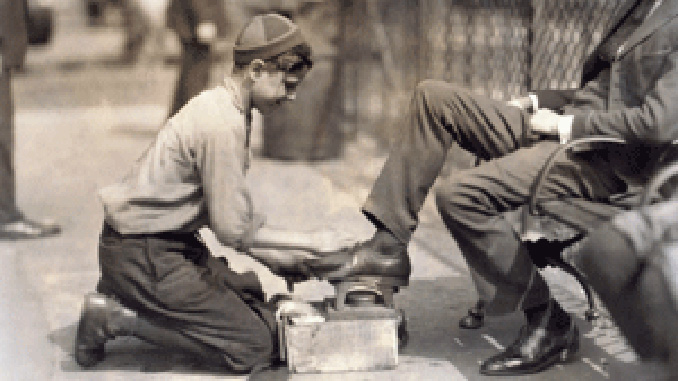
If you’re having trouble making ends meet…you’re not alone. In fact, the Fed Reserve now says the average American has exhausted their pandemic savings. The savings people accumulated during the pandemic, which at one point topped $2 trillion, are due to run out this quarter, the Federal Reserve Bank of San Francisco said in a study released Wednesday (Aug. 16).
As reported in the website PYMNTS in May, 27% of households say they’ve used their savings to cover credit card debt alone, while a record number of 401(k) plan holders dipped into those accounts to cover costs last year. “More recently, savings don’t even cover credit card debts for many paycheck-to-paycheck consumers, as those with issues paying their bills carry average balances comprising 157% of their available savings,” PYMNTS wrote.
It’s a situation that isn’t likely to improve in the coming months. Upwards of 60% of Americans now live paycheck to paycheck as reported in June, a trend that Amber Carroll, senior vice president of membership and lifecycle strategy at LendingClub, said will stick around. This harsh economic climate has led to a decline in consumer purchasing power across income brackets, with more households opting to spend more on essentials than on non-essential goods. Caroll said it’s a choice that does little to improve their savings.
Are You Shelling Out an Extra $717 a Month?
The average American is now shelling out an extra $717 a month because of the hottest inflation in decades, according to a new analysis from the Joint Economic Committee Republicans. The inflationary squeeze stems from the rising cost of a number of everyday goods, including cars, rent, food and health care. While the rapid pace of price increases eased slightly in July, the consumer price index still climbed 8.5% from the previous year. In other words…the damage is done. The price index is hovering near a painful, four-decade high, the Labor Department reported.
“High inflation of the past 2+ years has done lots of economic damage,” Mark Zandi, chief economist at Moody’s Analytics, wrote in a post on X, the platform formerly known as Twitter. Looking at just the last year, Zandi calculates that the typical household spent $202 more this July than they did a year ago to buy the same goods and services. That’s significant, but it’s still below the peak of $536 for this year-over-year metric — a record hit back June 2022, when gas prices spiked above $5 a gallon for the first time.
Factoring Broker: A Recession Proof Home Business
What we now refer to as “Bidenomics” is fast creating modern versions of “Hoovervilles”. But if there is some good news, its that the business of factoring and alternative commercial finance is not only good, it’s booming. Business owners are just like anyone else. They are out of cash and banks simply aren’t lending. More and more small to mid-size B2B business owner will be seeking out non-bank solutions to meet payroll and necessary operational expenses. It has been long known that the business of factoring is one that is recession-proof. For existing industry brokers, now is the time to double you networking and cold calling efforts and to begin building relationships with business owners. Lay that groundwork and let owners know that you’re available and a ready resource when the “Banks Say No!”
For those home business entrepreneurs still seeking a low cost solution and a way to fight back against the ravages of Bidenomics, there may not be a better business to be in or compare to that of factoring as an IACFB Sponsored Agent.


